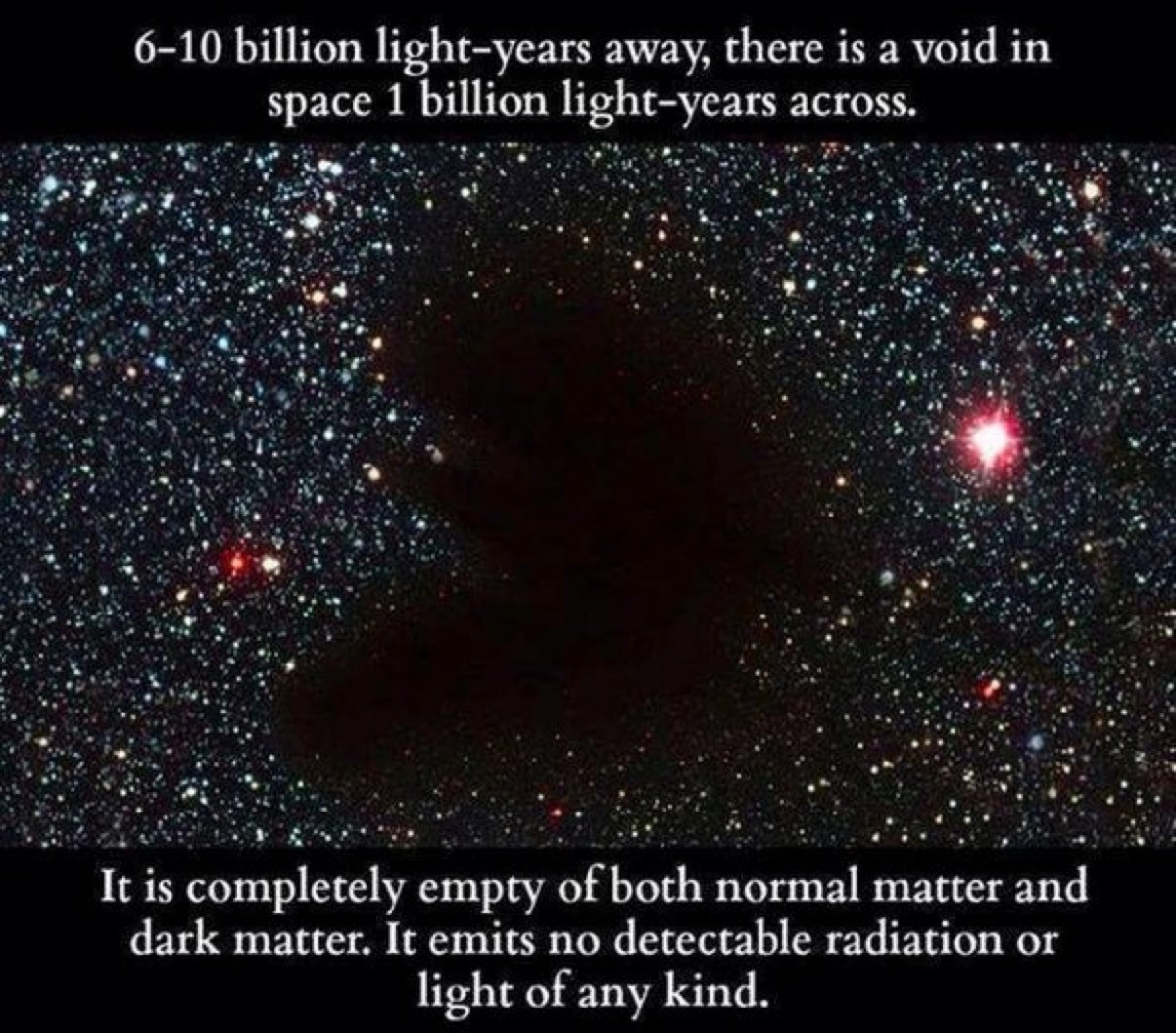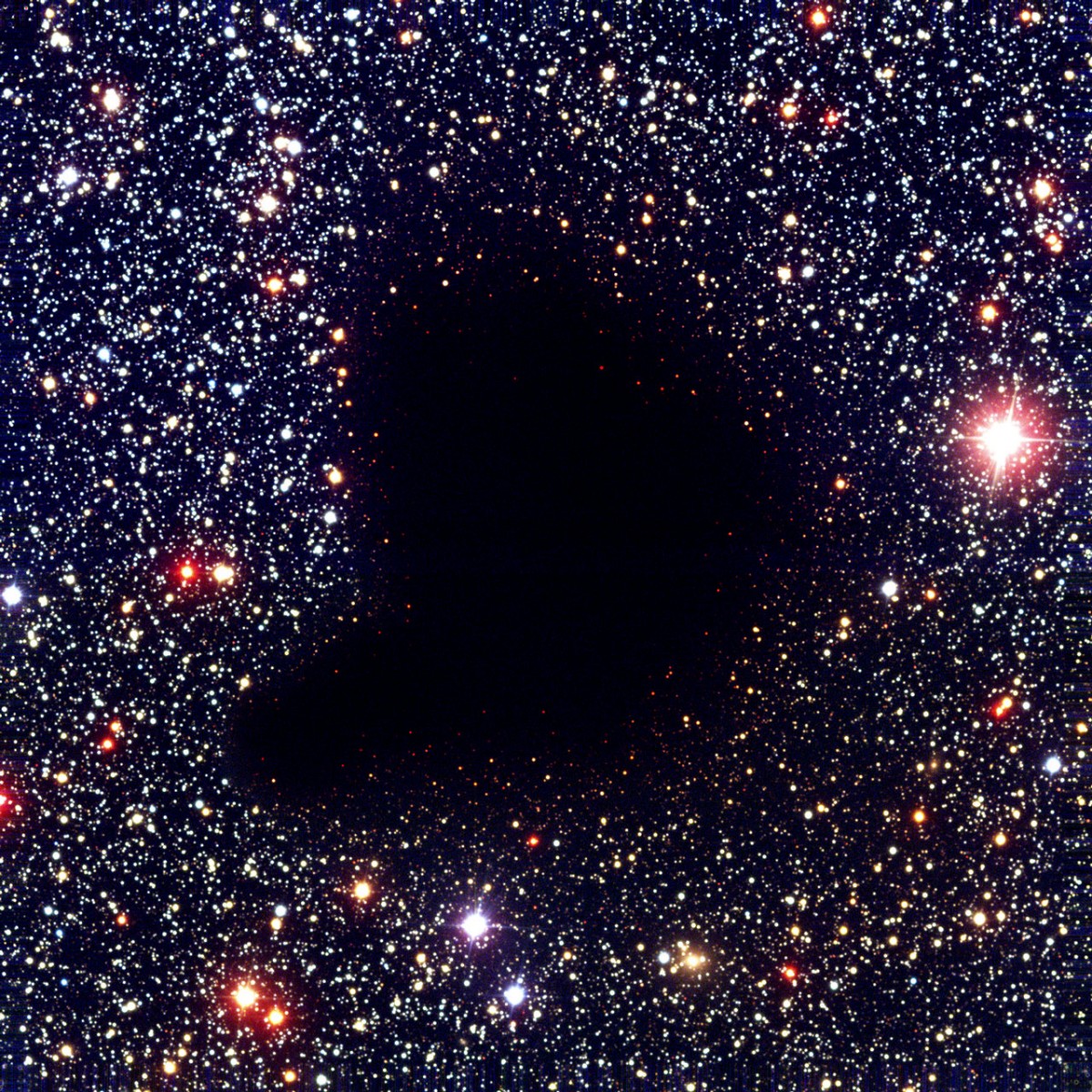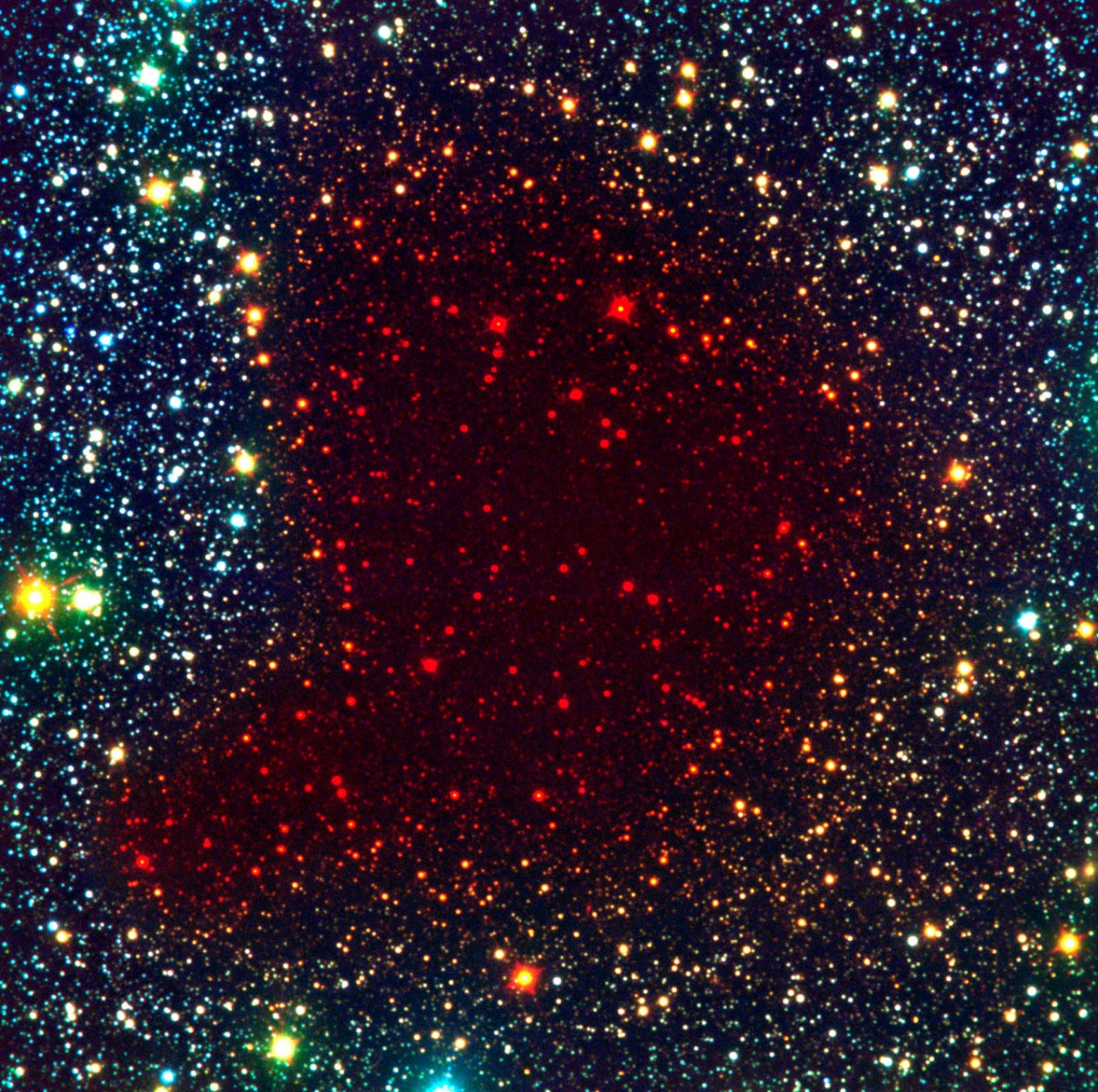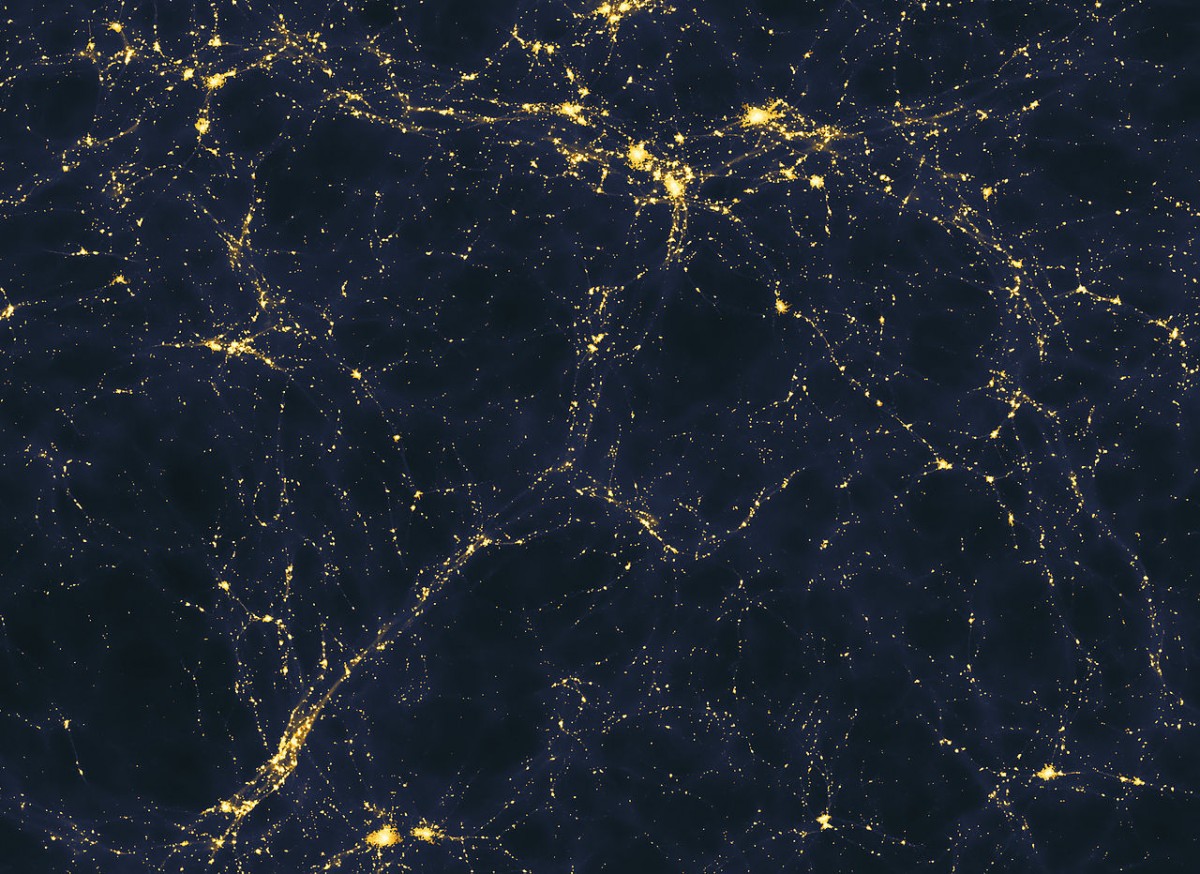Ask Ethan: Is it true that there is a hole in the universe?

That same supposed “hole in the Universe” (the text in the picture: 6-10 billion light years away is a billion light-years-old void, in which there is no matter and which does not emit any radiation).
Of course, the Internet is full of excellent and scientifically accurate information. But, probably, there are many more sites designed to generate clicks and traffic without taking into account scientific accuracy, and it is sometimes very difficult for a non-expert to determine who is who. This week, our reader asked a question about the picture he crawled on the Internet above:
Do you know what it is? Have you written about this before?
For a start, let's figure out what is actually depicted there.

The background of the photo is so rich with stars, as these stars are in our Milky Way. Yes, yes, in our galaxy with a diameter of 100,000 light years. That is, the dark cloud blocking the background starlight should be closer than these stars, so there is no question of any billions of light years. It is much closer: this object is a cloud of gas and dust, just 500 light-years from us, and it is known as Barnard 68 . At the beginning of the 20th century, astronomer Edward Emerson Barnard compiled a catalog of hundreds of “dark nebulae”, now known as molecular clouds , star cradles, or globules. These are clouds of neutral gas scattered throughout our galaxy.
')
The cloud in question is small and relatively close to us:
• It is only 500 light years away,
• Its size is about a quarter of a light year,
• Its mass is about twice the solar one.
Since neutral gas blocks visible light, but is transparent to longer wavelengths, you may be wondering if you can see the stars it is blocking in the infrared or radio frequency range.

This is exactly what was done with the help of various instruments administered by the European Southern Observatory. About 3,700 screened stars were found behind the cloud. Moreover, the absorption properties of neutral gas told us a lot of information, including the fact that the inside of the cloud is extremely cold, its temperature is only 16 K (-257 ° C), and the outer layers of the globule indicate the presence of internal decay. Further analysis showed that its inner core collapses into a star after about 200,000 years, which means that we will know where to look for a star close enough to us, formed in isolation from others.
So, no, dear reader, the object in the photo is clearly not a hole in the universe. But, interestingly, in 2007 there really was one scientific work that advertised the existence of a hole in the Universe.

Imagine that there really is a hole in the universe, as stated in the picture. If there were "a billion light-years emptiness, in which there is no matter, and which does not emit any radiation," how would this be manifested? We would see this as a cold area in relic radiation (the image of which received WMAP or Planck), since a change in the gravitational field caused by such an emptiness (technically, the Sachs-Wolf effect ) would result in a slight decrease in temperature in cosmic radiation. But this cold region would have to coincide with a region free of galaxies, and confirmation of this would require deep and extensive observation.
The fact that the team of Rudnick, Shea and Williams [Rudnick, Shea and Williams] actually studied the sky region is an area of space in which the number of galaxies is 20–45% below average, which can be explained in several ways.

Naturally, in space there are places where matter — stars, gas, dust, even dark matter — is much less than the average amount. Since then, other voids have been discovered that are comparable in size . You can, of course, call such a region, completely free from galaxies, “a hole in the Universe,” as all reporters and press releases do. But it may be something much less spectacular - a small decrease in density compared with a large proportion of the universe. And until we make a special three-dimensional space map of the region of interest (using spectroscopy to confirm the red shift of the observed galaxies), we will not know exactly how our galaxies are located. But in principle, there may not be any void there at all, much less a region completely free of all matter.

This brings us to a big problem in the transfer of scientific information - since the above picture was seen by millions of people, and no more than tens of thousands will see the correct explanation of the phenomenon and all the details. What to do with people and organizations actively destroying the knowledge of humanity? Indeed, the opposite of knowledge is not ignorance, but unreliable information pretending to be knowledge.
If you convey scientific information to the world, your first duty is to accurately describe what we know about the Universe. And if you do not know what we know - you must obtain this information. I am pleased to take part in clarification - and you participate by sending your questions. But writers, journalists and other people who convey information should be meticulous and diligent, and readers should carefully select sources of information. Otherwise, it would be impossible to draw the line between scientific truth and just some kind of information, the result of which you want to call “science”, regardless of whether it really is science.
Source: https://habr.com/ru/post/373227/
All Articles